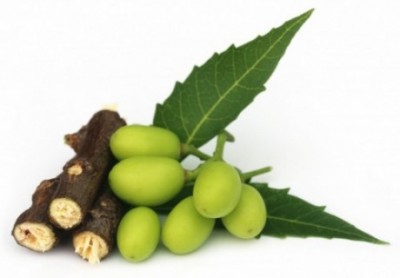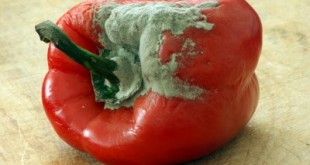Neem (Azadirachta indica) has a wide range of medicinal properties. The tree, growing 40-50 feet or higher, is native to India and naturalized in many tropical and subtropical countries. All parts of the tree have been used medicinally for several thousand years. Neem is currently used in cosmetics, personal care products and pharmaceuticals.
Pharmacological and Therapeutic Actions
(1) Seed (Kernel) — Provides the distinctive fragrance of the oil. The kernels contain 30-50% of oil used by the soap, pesticide and pharmaceutical industry. As an insect repellant, it provides an eco-friendly, low-cost alternative for fighting mosquitos and other pests.
Seed, oil and leaf — Used in eczema creams, toothpaste and shampoo.
(2) Leaf — Used for fever reduction in malaria. Used in treatment of foot fungus; wound and ulcer care; allergies, itching and skin diseases. Used in treatment of diabetes, cancer and other diseases. Used in products to rid fleas, ticks and termites.
(3) Flower — Infusion of the flower is used for dyspepsia.
Dried flower, fruit and leaf — Used in treatment of leprosy, syphilis and chronic ulcers.
(4) Fruit — Neem oil is extracted from the fruit and seeds.
(5) Roots — Antiseptic, anti-bacterial and antifungal properties.
(6) Bark — Steam inhalation of the bark has been used for throat inflammation. Tender twigs of the tree have been used as a toothbrush.
Health Conditions Improved with Neem Use
Diabetes — The hypoglycemic action of neem was examined in diabetic rats. After treatment for 24 hours with 250mg/kg (single dose study), findings indicated reduced glucose (18%), cholesterol (15%), triglycerides (32%), and lipids (15%). In a glucose tolerance test in diabetic rats with the same dosage of neem extract, the glucose levels were significantly less compared to the control group.
Skin disorders — In a study using a paste made from neem and turmeric, 814 people with scabies were treated with a cure rate of 97% within 3-15 days of application; no adverse reactions observed.
Gastric disorders — After 10 weeks of treatment, duodenal ulcers were almost completely healed. One case of esophageal and gastric ulcer was fully healed after 6 weeks.
Dental — A neem extract gel reduced plaque and bacteria (Streptococcus mutans and Lactobacilli species) over a control group using commercial mouthwash with germicide. The neem inhibited the Strept and reversed primary dental caries.
This list is not all-inclusive. While researchers continue to explore the therapeutic potential of neem, it is believed to have even more therapeutic properties not yet discovered.
Jehovah Rapha: The Lord, our Provider. In Revelation 22, we are told of the Tree of Life:
” In the midst of the street of it, and on either side of the river, was there the tree of life, which bare twelve manner of fruits, and yielded her fruit every month: and the leaves of the tree were for the healing of the nations.” (Revelation 22:2 / KJV)
If you have used products containing neem, how helpful were they?
Sources: (1) PubMed / (2) International Research Journal of Biological Sciences
http://www.ncbi.nlm.nih.gov/pubmed/25563612
http://www.isca.in/IJBS/Archive/v1i6/14.ISCA-IRJBS-2012-150.pdf
 The Bottom Line, Ministries Christian News, Articles, & Poetry
The Bottom Line, Ministries Christian News, Articles, & Poetry 




